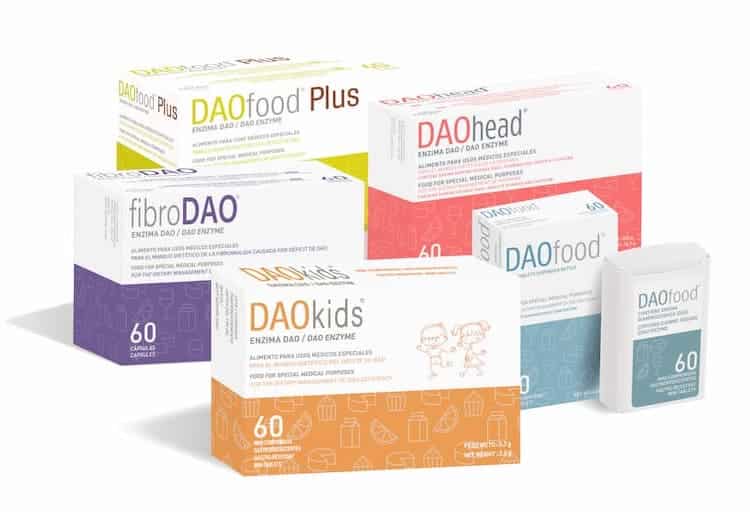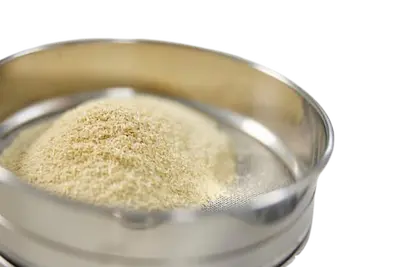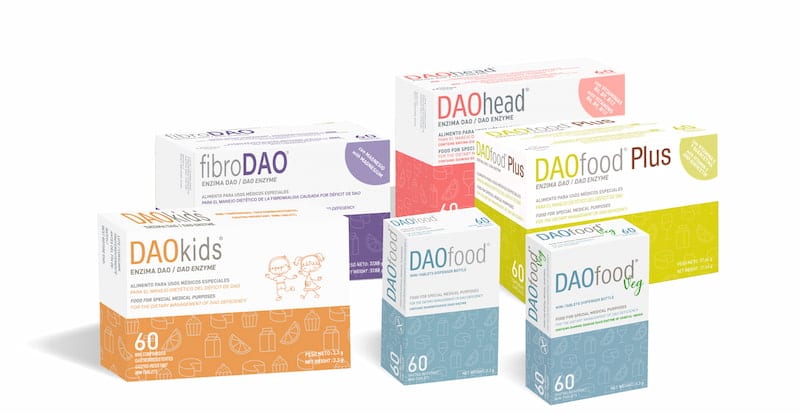G Manzotti,1 D Breda,2 M Di Gioacchino,3 and SE Burastero2,3
Abstract
Introduction:
Intolerance to various foods, excluding bona fide coeliac disease and lactose intolerance, represents a growing cause of patient visits to allergy clinics.
Histamine intolerance is a long-known, multifaceted clinical condition triggered by histamine-rich foods and alcohol and/or by drugs that liberate histamine or block diamine oxidase (DAO), the main enzyme involved in the metabolism of ingested histamine. Histamine limitation diets impose complex, non-standardized restrictions that may severely impact the quality of life of patients.
Methods:
We retrospectively evaluated 14 patients who visited allergy outpatient facilities in northern Italy with a negative diagnosis for IgE-mediated food hypersensitivity, coeliac disease, conditions related to gastric hypersecretion, and systemic nickel hypersensitivity, and who previously underwent a histamine limitation diet with benefits for their main symptoms. Serum diamine oxidase levels and the clinical response to diamine oxidase supplementation were investigated.
Results:
We found that 10 out of 14 patients had serum DAO activity <10 U/mL, which was the threshold suggested as a cutoff for probable histamine intolerance. Moreover, 13 out of 14 patients subjectively reported a benefit in at least one of the disturbances related to food intolerances following diamine oxidase supplementation. The mean value (± SD) of diamine oxidase activity in the cohort of patients with histamine intolerance symptoms was 7.04 ± 6.90 U/mL compared to 39.50 ± 18.16 U/mL in 34 healthy controls (P = 0.0031).
Conclusion:
In patients with symptoms triggered by histamine-rich food, measuring the serum diamine oxidase activity can help identify subjects who can benefit from a histamine limitation diet and/or diamine oxidase supplementation.
Properly designed, controlled studies investigating histamine intolerance that include histamine provocation are indispensable for providing insights into the area of food intolerances, which are currently primarily managed with non-scientific approaches in Italy.

















